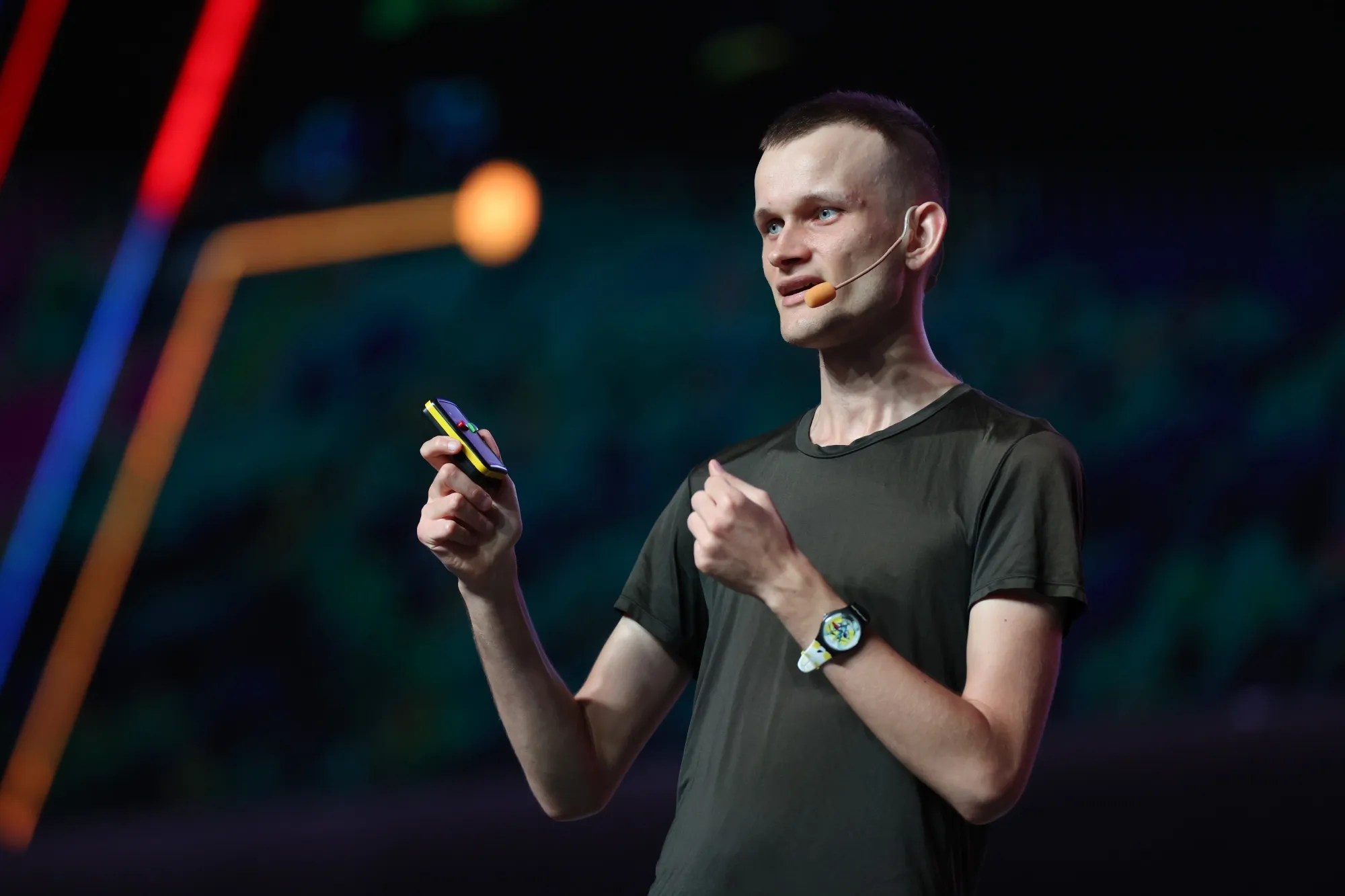In a blog post published on October 14, Ethereum co-founder Vitalik Buterin outlined potential future improvements to the Ethereum protocol, focusing on technical improvements to the proof-of-stake (PoS) system. This post, titled “Possible Futures of the Ethereum Protocol, Part 1: Merge,” explores strategies to improve stability, performance, and accessibility while addressing centralization risks.
First, Buterin looked back on Ethereum’s successful transition from proof-of-work to proof-of-stake (aka “The Merge”) about two years ago, saying, “This proof-of-stake has performed very well in terms of stability, performance, and avoiding centralization risks. Yes. ” However, he emphasized that “there are still some important areas where proof-of-stake needs to be improved.”
Future improvements to Ethereum
One of the main focuses of the post is reducing minimum staking requirements to achieve single slot finality and democratize network participation. Currently, it takes 2-3 epochs (about 15 minutes) to complete a block, and you need at least 32 ETH to become a validator. Buterin highlights the conflict between minimizing staking requirements, reducing finality time, and minimizing node overhead.
“Today, it takes 2-3 epochs (~15 minutes) to complete one block and you need 32 ETH to be a staker,” he wrote. He confirmed the goal of finalizing a block in one slot and allowing validators to stake as little as 1 ETH. “Several polls have repeatedly shown that the main factor preventing more people from solo staking is the 32 ETH minimum,” Buterin said.
To address these challenges, he discusses several approaches. One is to implement a better signature aggregation protocol that handles signatures from millions of validators in each slot, potentially using zero-knowledge proofs (ZK-SNARKs). Another approach is to introduce Orbit Committees, a mechanism where randomly selected medium-sized committees finalize the chain while maintaining attack cost properties. “Orbit leverages the existing heterogeneity in validator deposits to maximize economic finality while giving smaller validators a proportional role,” he explains.
Buterin is also considering creating a two-tier staking system with different deposit requirements. Here, only the higher deposit tiers are directly involved in providing economic finality. He acknowledges that “the risk largely depends on the specific rights that lower staking tiers gain” and that certain designs could lead to centralization.
To address security vulnerabilities associated with denial-of-service (DoS) attacks against known validators, Buterin proposes the implementation of the Single Secret Leader Election (SSLE) protocol. “The best way to solve the DoS problem is to hide information about which validator will generate the next block, at least until the moment the block is actually generated,” he says.
The SSLE protocol uses cryptography to create “blind” validator IDs, so that only the owner of the blind ID can generate valid proof for proposing blocks without anyone else knowing their identity. But Buterin acknowledges the difficulties. “We appreciate that Ethereum is a reasonably simple protocol and we do not want to see any further increase in complexity. “The SSLE implementations we have seen add hundreds of lines of specification code and introduce new assumptions into complex cryptography.”
He also explored ways to reduce Ethereum’s transaction confirmation time from the current 12 seconds to 4 seconds, highlighting the value of reducing confirmation times to improve user experience and support decentralized layer 2 solutions. Strategies include reducing slot times and allowing proposers to post pre-confirmations during the slot process. However, Buterin warned of potential centralization risks and the need for proper incentives, noting that “if we add a prover-proposer separation mechanism, SSLE will not be needed for execution blocks because we can rely on specialized block builders.”
Buterin also covers additional important areas, including 51% attack recovery. He suggests that while full automation is impossible, “achieving partial automation (…) can ensure that the attacking bad guys can at least not achieve a quick victory.” He also said he was considering raising the quorum threshold for block confirmation from 67% to 80% to increase security, arguing that “this seems to be a much healthier situation than having the ‘wrong side’ get an immediate victory.” .
Concluding his blog post, Buterin warns that it is important to prepare for the potential threat of quantum computers that could break current cryptographic systems. “This justifies conservatism in assumptions about the performance of proof-of-stake designs, and also allows for greater aggressiveness in developing quantum-resistant alternatives.”
At press time, ETH was trading at $2,524.
Featured image from Bloomberg, chart from TradingView.com

